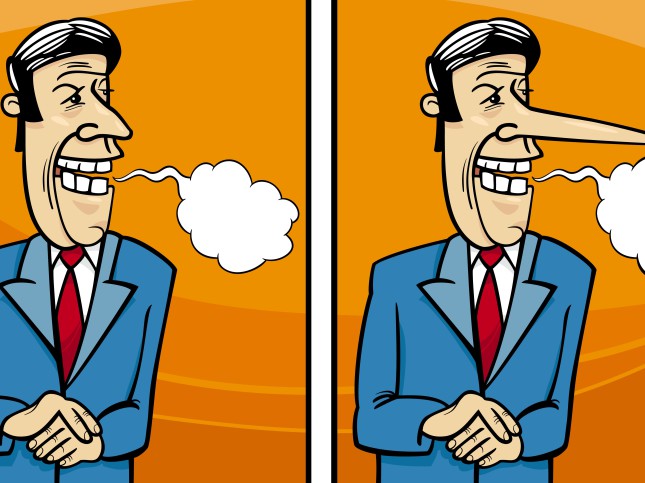Festina Lente: The Power of Patience Part 2
In part 1 of this series, we began with an easy challenge: develop your patience muscle less than a second at a time. If you found that hard, stop reading right now; you’re not ready for this yet. Go back and work on your split-second patience – this will still be here when you’re ready.
But if you found the split seconds easy to handle, you’re ready to step up to the next challenge: developing patience on the minutes time scale. You’ll need it during conversations, where the challenge remains the same: how to improve effectiveness by curbing your impatience for immediate results.
At the seconds time scale, your weaknesses may work against you: caring more about your own needs and wanting to dominate the conversation. At the minutes level, ironically, it’s your strengths you have to guard against. Being passionate about your idea, adding value, solving problems, and planning ahead for the conversation are certainly good things, but they can also try your patience.
Let’s take one common example. Doctors would certainly seem to be models of wanting to help people, but a 1984 study found that the average time they listened to patients before interrupting was 18 seconds, and in 2001 another study found that the average was down to 12 seconds. What are the consequences? According to Jerome Groopman, author of How Doctors Think, by the time the doctor interrupts, he or she has already homed in on a diagnosis. About 80% of the time, the diagnosis is right, but the other 20% becomes less likely to be corrected either because the doctor has anchored on a diagnosis, or because the patient is unlikely to volunteer additional information.
In this example, the cost of misdiagnosis is clear and severe, but in daily persuasive communication the costs of impatience may be less clear yet still important. People may ignore good advice, customers may not buy the right product, and band-aids will get slapped over real problems.
The solution is not to abandon your strengths, but to recognize how they can make you impatient and then carefully guard against them.
- If you like to solve problems, keep in mind that problems are often better solved at deeper levels than they are first described. The other person may not fully describe their problem, or may even need to work it out for themselves in the actual conversation. When you hear about something you know you can solve, hold off solving and ask a few more questions.
- If you’re passionate about your idea, recognize that passion may be contagious, but it does require at least some incubation period in the other person. Don’t try to “close” them too fast.
- If you want your advice to be heard, you can deliver it right away, but if you want your advice to be acted on, you have to find a way to make it the other person’s idea. That requires the patience to ask the right questions and let them work it out for themselves.
- If you like to plan ahead for the conversation by preparing an agenda and list of questions, keep doing so, but allow for the conversation to take unexpected turns; use your prepared plan as a safety net, not a straitjacket.
If you can develop the habits of withholding judgment until you’ve heard the full story, of asking a few more questions before jumping to solution mode, and of keeping your attention on the process without looking ahead to results, the investment of patience at the minutes level will return you hours, days or months, in the form of more effective persuasion and more sustainable agreements. As the old saying goes, “you can speed up buying by slowing down selling”.
First the seconds, and then the minutes. The next section will address strategic patience at the level of days, weeks and months.






[…] If you want to work on developing patience, these small split-second intervals are a great place to start. Work on these ideas for the next couple of days, and then we’ll move up the scale to minutes. […]